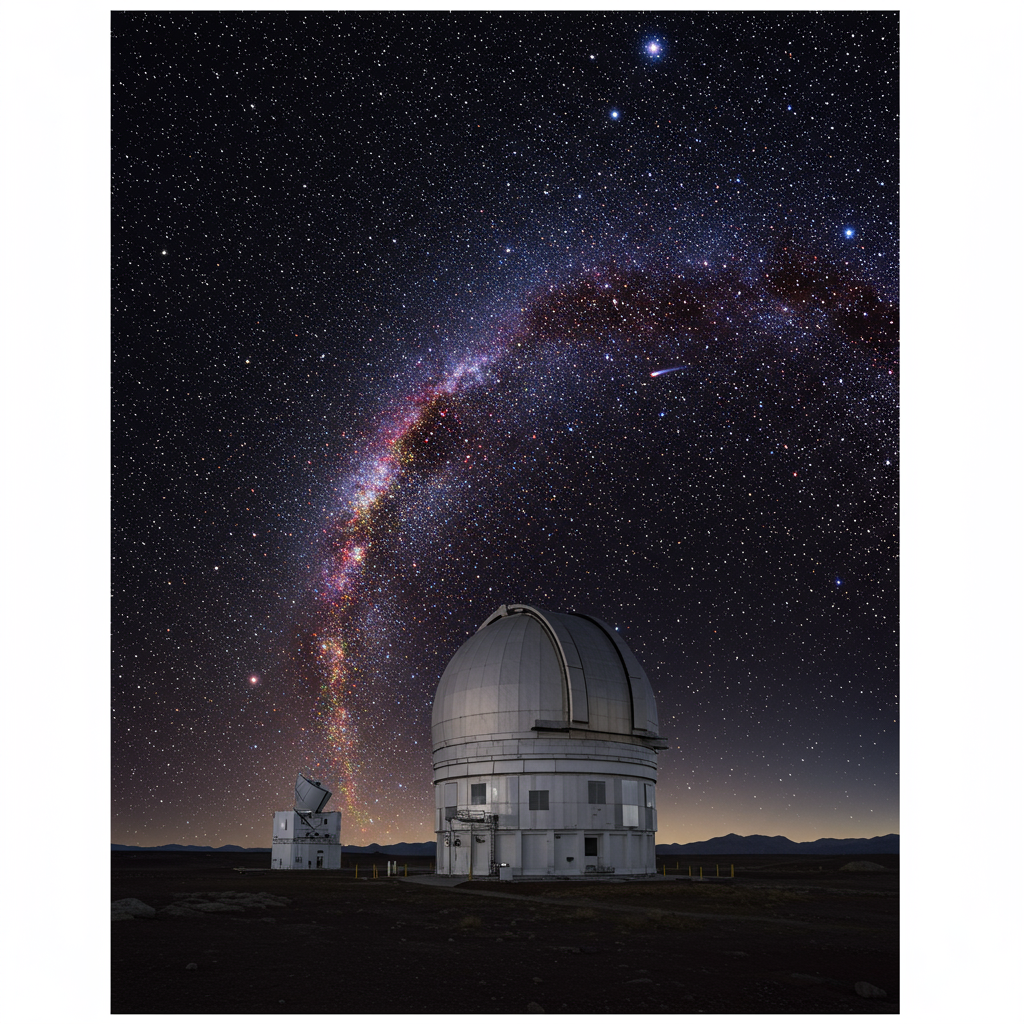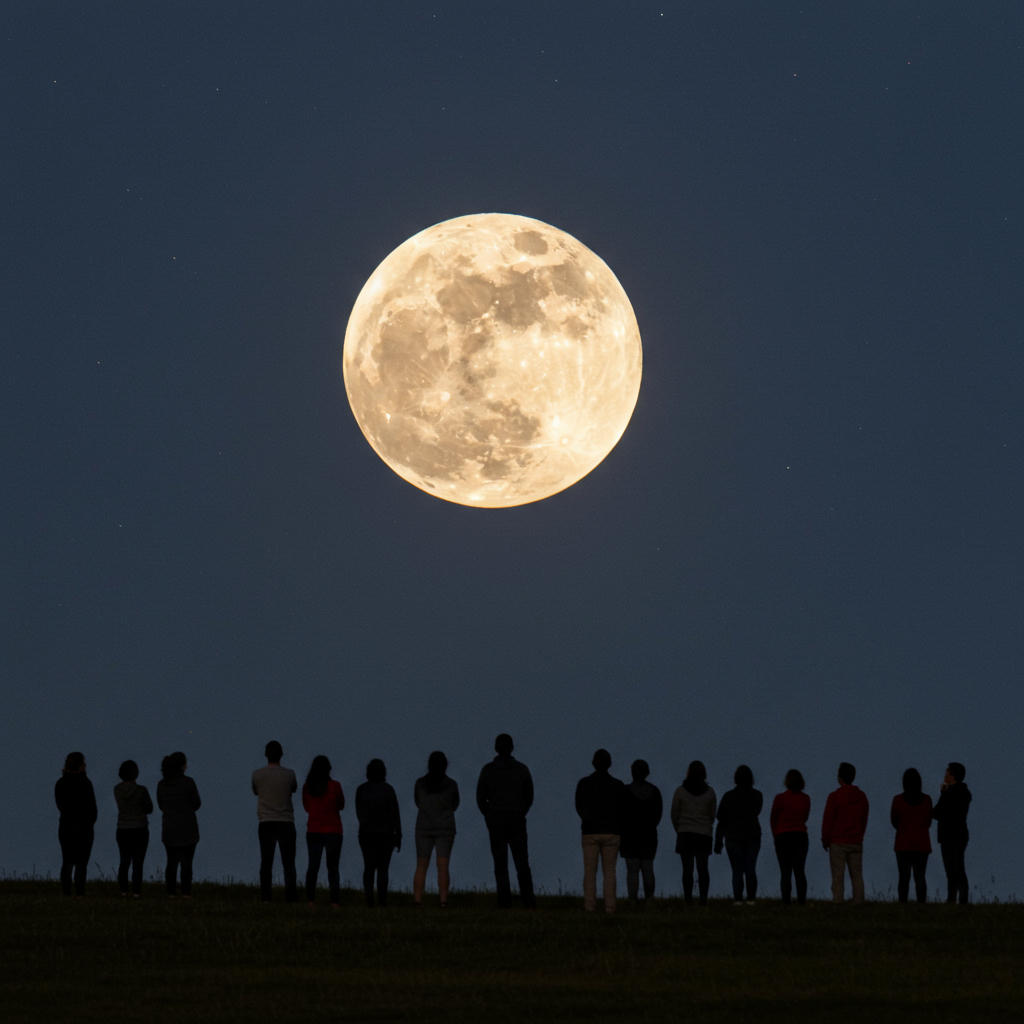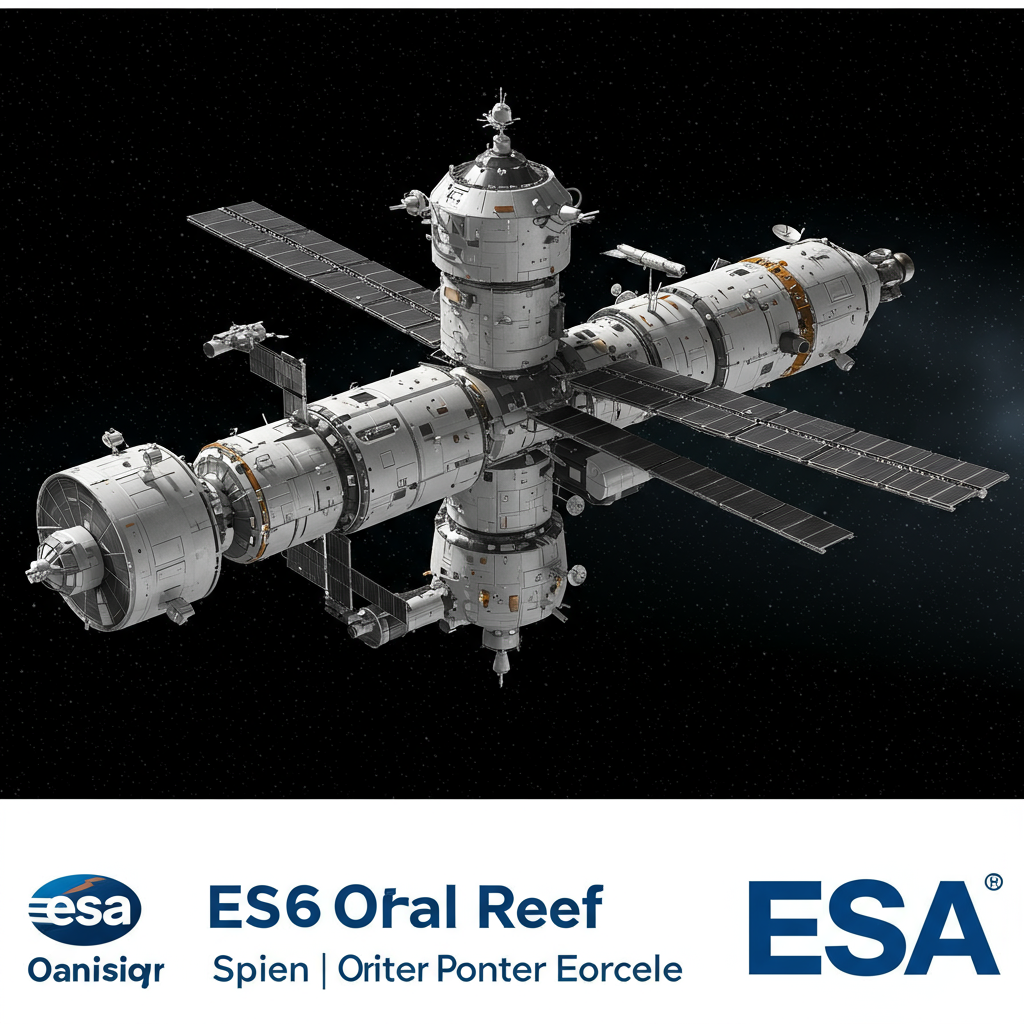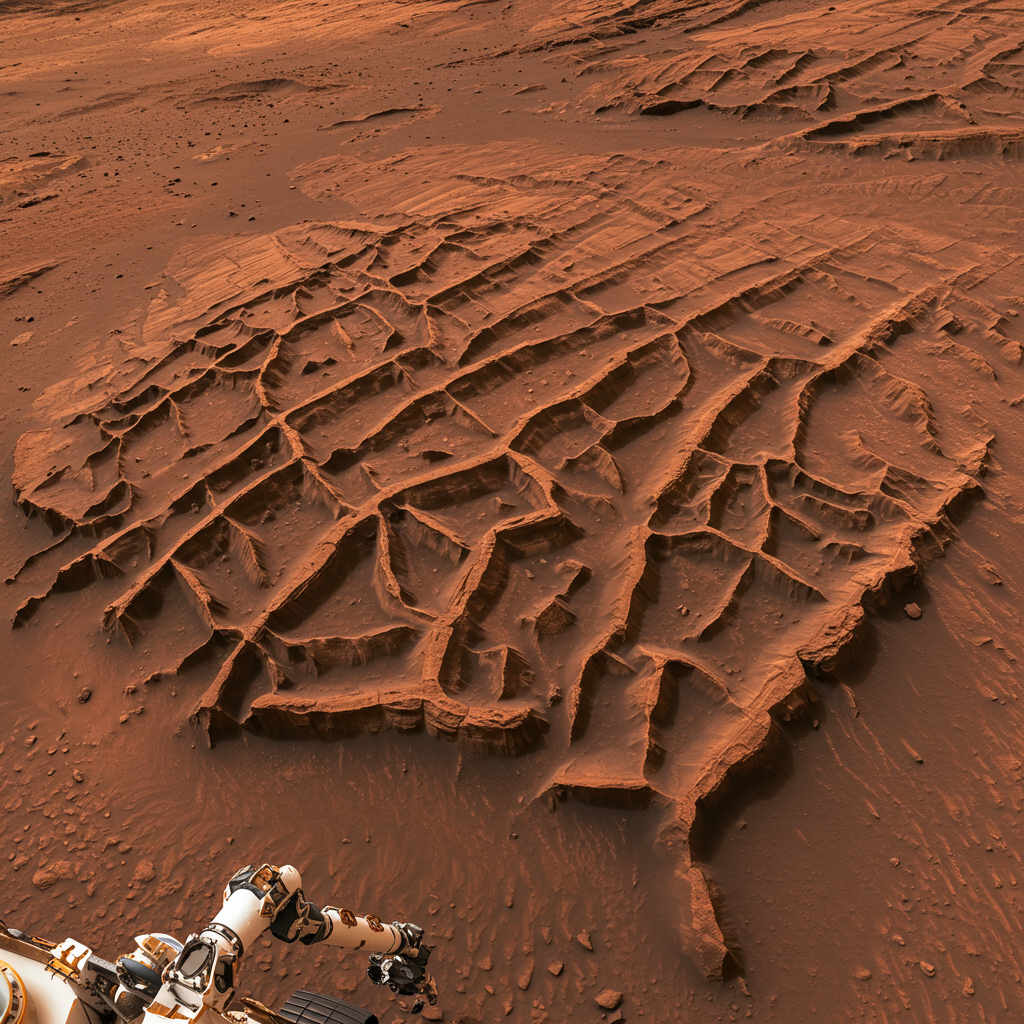Our solar system is a dynamic place, populated by planets, moons, and countless smaller bodies like asteroids, comets, and minor planets. While millions are already known, astronomers anticipate an unprecedented expansion of our cosmic catalog thanks to a powerful new observatory.
The upcoming Vera C. Rubin Observatory in Chile is poised to revolutionize our understanding of these smaller celestial neighbors. A recent study predicts that over its 10-year lifespan, the Rubin Observatory will discover millions more previously unseen solar system objects.
Mapping the Solar System in Unprecedented Detail
Scheduled to begin observations later this year, the Vera C. Rubin Observatory is equipped with the Simonyi Survey Telescope, an 8.4-meter telescope featuring a unique three-mirror design, and the LSST Camera. As the largest digital camera ever built for astronomy with a staggering 3.2 gigapixels, the LSST Camera can capture a vast area of the sky – roughly 45 times the size of the full moon – in a single image.
This powerful combination will conduct the Legacy Survey of Space and Time (LSST), repeatedly scanning the entire visible sky. This ambitious project will generate an immense dataset, estimated at around 20 terabytes every night, essentially creating a dynamic “time-lapse movie” of the cosmos. While observing distant galaxies, exploding stars, and probing dark energy and dark matter, a primary focus will be mapping the solar system in detail never before possible.
Millions More Objects Revealed
Using innovative simulation software called Sorcha, researchers have made detailed predictions about the scale of Rubin’s discoveries among small solar system bodies. These objects are considered vital “fossils” from the solar system’s formation over 4.5 billion years ago, holding clues about how planets formed, migrated, and even how Earth may have acquired water and organic materials.
The numbers predicted are staggering:
Near-Earth Objects (NEOs): An estimated 127,000 new NEOs are expected, a dramatic increase from the approximately 38,000 currently known. Crucially, Rubin is predicted to detect over 70% of potentially hazardous asteroids larger than 140 meters (about 460 feet), significantly boosting planetary defense capabilities.
Main-Belt Asteroids: Over 5 million new objects are predicted in the main asteroid belt between Mars and Jupiter. This will vastly expand the current catalog of about 1.4 million, providing precise color and rotation data for about one-third of these new finds.
Jupiter Trojans: Approximately 109,000 new Trojans – objects sharing Jupiter’s orbit at stable points – are anticipated, a seven-fold increase over the existing count and offering insights into pristine early solar system material.
Trans-Neptunian Objects (TNOs): Located far out in the distant Kuiper Belt (where dwarf planet Pluto resides), an estimated 37,000 new TNOs are expected. This represents about ten times the currently known number, potentially revealing details about Neptune’s early migration and the outer solar system’s history.
- Centaurs: Between 1,500 and 2,000 new Centaurs are predicted. These objects are in unstable orbits between the giant planets and provide a look at transitional stages, as some eventually become short-period comets.
- earthsky.org
- www.earth.com
- gizmodo.com
- dailygalaxy.com
- science.nasa.gov
Researchers note that Rubin’s speed and comprehensive scanning are unparalleled. It took 225 years of previous observations to detect the first 1.5 million asteroids; Rubin is projected to double that number in less than a year.
Seeing the Solar System in “Technicolor”
One of the most exciting aspects of Rubin’s survey is the quality of the data it will provide. Unlike many previous surveys that used a single-color filter, Rubin will observe objects using multiple color filters.
Scientists liken this leap to moving from black-and-white television to brilliant color. This multi-filter data will reveal much richer information about the surface composition of these objects, offering crucial clues about their formation history and what they are made of.
Sorcha: The Simulator Guiding Discovery
To process the expected torrent of data and maximize discovery potential, the research team developed Sorcha, an innovative, open-source simulation software. Sorcha models Rubin’s planned observing schedule and applies detailed models of small body populations to predict what the observatory will find and, crucially, how to interpret the complex data stream.
According to researchers, Sorcha is “critical” for understanding what Rubin will discover and for accurately interpreting the results. By “debiasing” the data from Rubin’s complex observing pattern, Sorcha helps astronomers reconstruct a true reflection of the solar system’s history, including how planets formed and migrated over billions of years. The Sorcha code and simulated catalogs are being made available to the scientific community to prepare for the influx of LSST data.
A New Era of Solar System Exploration
The data delivered by the Rubin Observatory’s LSST is anticipated to fundamentally “update the textbooks of solar system formation.” The ability to identify and track millions of new objects, especially NEOs and potentially hazardous asteroids, will also vastly improve planetary defense capabilities.
Described as a “once-in-a-generation chance” to fill in missing pieces of our solar system, the Rubin Observatory, jointly funded by the National Science Foundation and the Department of Energy, is set to provide an unprecedented trove of orbits, colors, and other detailed data. The observatory is expected to release its first public images at a “First Look” event on June 23rd, signaling the dawn of a new era in charting our cosmic neighborhood.




